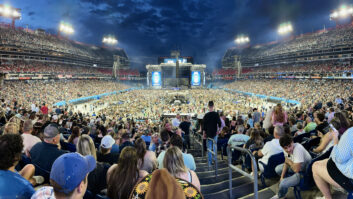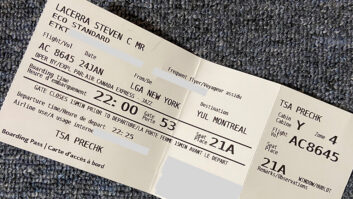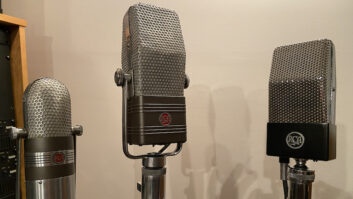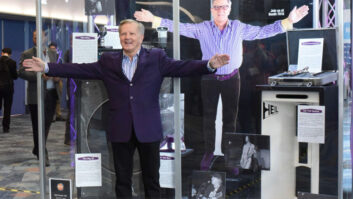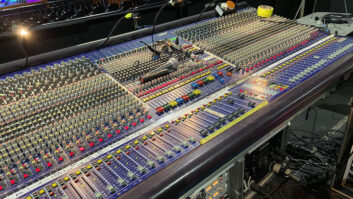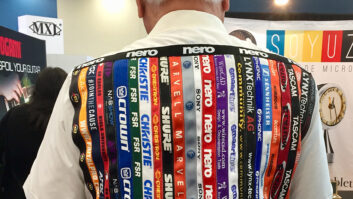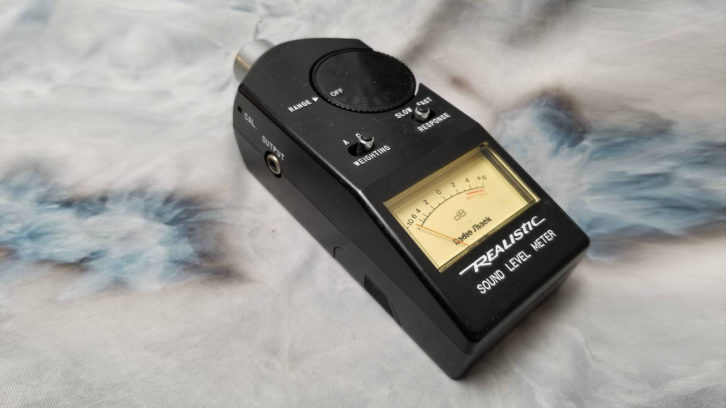
During my career in the film sound business, one thing I found ubiquitous on every mix stage I set foot on was a Realistic/RadioShack analog sound pressure level meter. In every case, the morning ritual included setting the room’s overall speaker levels using this.
Sometimes a mixer would move from one room to another and complain about the levels being off. A re-check found each room measured fine on their respective SPL meters. So contrary to the popular assumption that all the meters were in-spec and matched, performed perfectly, and were worthy of our full faith and trust (despite being the $30 wonders they were), I eventually realized that there was, in fact, considerable meter-to-meter inconsistency.
RadioShack seemed to have gone slowly out of business long before, so new meters, parts and information were difficult, if not impossible, to find. Even so, I managed to dig up a schematic. (FYI, RadioShack is back, online only, and they do have a new digital RadioShack SPL meter.)
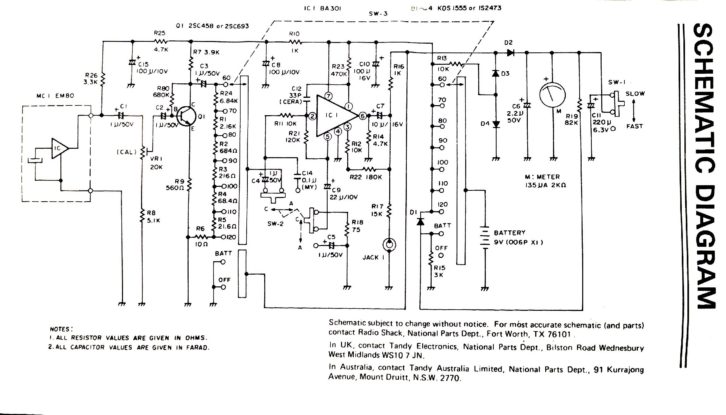
Looking this over, I saw that these meters have nine electrolytic AC coupling capacitors in the audio path between mic and meter: five at 1 uF, one at 2.2 uF, one at 10 uF, one at 22 uF and one at 220 uF. Each of these affects the low-frequency response of the meter, and so affects the accuracy.
Caps and Aging
Long story short, electrolytics, especially inexpensive ones, dry out and lose their capacitance over time. In the case of these cheap caps, sooner rather than later. This, in turn, rolls off the low-frequency response of the meter’s electronics, leading to a low reading. Calibration is usually done with a 1 kHz tone calibrating device, “way north of the LF region,” so calibration would never reveal the LF deficiency and allow bringing it back into some semblance of accuracy.
These meters also tended to have been around a good long while, aging and drying out over time. As a result, the meter’s LF response would slowly decrease—so slowly that the mixers would also slowly acclimate to the resulting change in speaker level.
Also By Bruce Black: Building Paul Massey’s Dolby Atmos Mix Room — Parts 1-8
As you would expect, the best answer to this dilemma would be to use a better (as in “more expensive”) meter that adheres to a standard published by ANSI or IEC. Sound level meters that follow these standards will perform more accurately over time, so long as they are regularly calibrated. iPhone meters, while handy and fairly accurate, do not meet these standards
But, you say, many a great movie has been mixed using these inexpensive meters. Is a more expensive SPL meter really justified? In my book, accuracy is important, so I’d say, “Yes, it is.” It’s like the difference between an old atlas of the world and a good GPS fix.
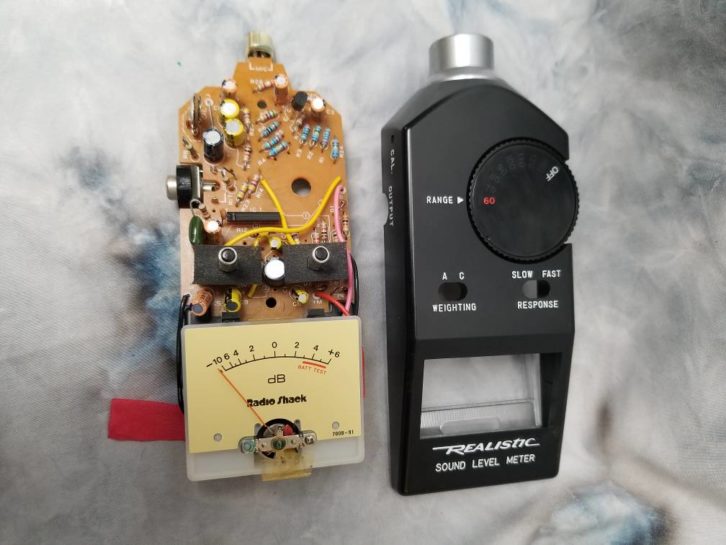
A Quick and Dirty Fix
There is a repair, of sorts. If you’re a daring soul, have some soldering chops, and don’t quake at the prospect of taking a RadioShack meter apart, you might consider replacing the caps. You can replace the 1 uF, and possibly the 2.2 uF, with small polyester caps like the WIMA MKS 4 range (50 VDC rating is fine), and the 10 uF, the 22 uF, and the 220 uF with a high-quality electrolytic (6.3 VDC or better).
The 10 uF and 22 uF caps are also available in polyester, but they may be too tall to fit inside the case. Regardless of which direction you choose, the polyester caps will remain stable over time, and high-quality electrolytics will not dry out as quickly as the original cheapies. Just be sure to select replacement parts that will fit in the meter when it’s reassembled.
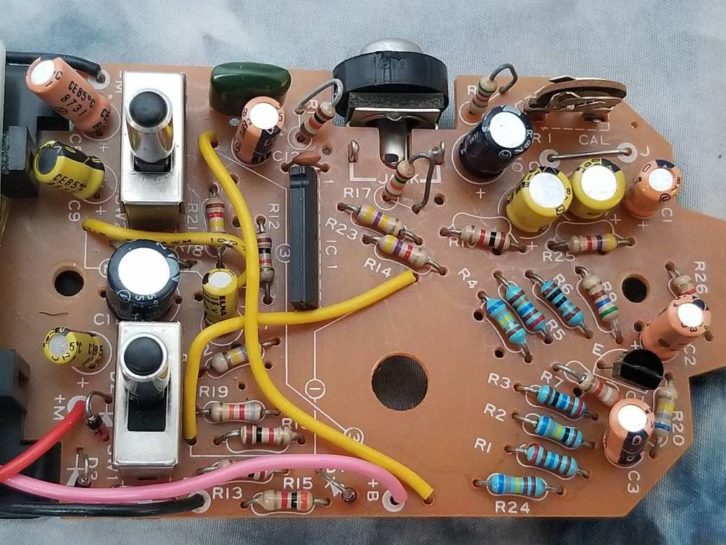
WIMA caps are available from TAW Electronics in Burbank, Calif., and you can find high quality caps like Nichicons at the usual suspects like Mouser Electronics.
This certainly won’t make your meter compare with a Bruel & Kjaer laboratory-quality meter, but it will better display the real sound level in your room. A redemption of the fallen. Sort of.
Anyone wishing to talk about their own meter-to-meter experiences, please feel free to email me at [email protected].

